Service hotline
+86 0755-83975897
 en
en Release date:2025-02-24Author source:KinghelmViews:1501
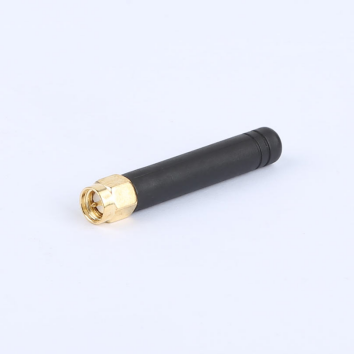
In the wave of modern technology, DIY culture intertwines with innovative technology to create countless astonishing possibilities. One particularly intriguing practice is using glue sticks to create antennas, which not only represents a clever DIY technique but also explores the forefront of wireless communication. Glue stick antennas are not only simple to make but also demonstrate how tech enthusiasts can develop efficient communication tools at home using common materials.
1. Meaning
Also known as a cylindrical antenna or omnidirectional antenna, this type of antenna is widely used in wireless communication systems. It typically consists of a long, thin metal rod covered with a rubber or plastic sheath. This design protects the internal metal part of the antenna and enhances its durability.
The antenna operates based on the radiation and reception of electromagnetic waves. When the length of the antenna equals half the wavelength of the signal, it is most effective at receiving and transmitting that frequency's signal. This is because when the antenna length is half the wavelength, the distribution of the signal's electric and magnetic fields along the antenna is optimal, leading to the highest energy transfer efficiency.
The main components include the rod body and the lead.
The rod body is typically made from high-strength dielectric materials such as FRP, ceramics, or metals, and can be cylindrical, square, or other shapes.
The lead connects the antenna to the transmitter or receiver. It is usually made of coaxial cable or microstrip line and needs to be perpendicular to the rod body with a certain spacing.
The advantages include simple structure, easy manufacturing process, low cost, small size, and ease of installation.
Glue stick antennas are widely used in wireless communication, wireless routers, data transmission radios, as well as in smart home and IoT applications.
In recent years, global sales of glue stick antennas have been steadily rising, with expectations for continued high growth in the coming years. In the Chinese market, the development of glue stick antennas also shows a positive trend. With the ongoing advancement of 5G and IoT technologies, the application of glue stick antennas in communication fields will become even more extensive.
Conclusion
Through the exploration of DIY glue stick antennas, we gain a profound appreciation for the charm of technology, which lies in the spirit of innovation and openness. From simple home projects to complex technical challenges, the combination of DIY culture and cutting-edge technology showcases humanity's relentless pursuit of exploration and improvement. As technology continues to advance, we look forward to seeing more creative solutions like glue stick antennas that will bring new breakthroughs and possibilities to our communication technology.
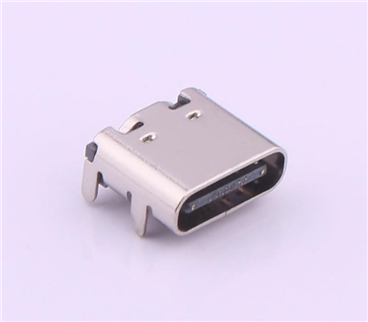
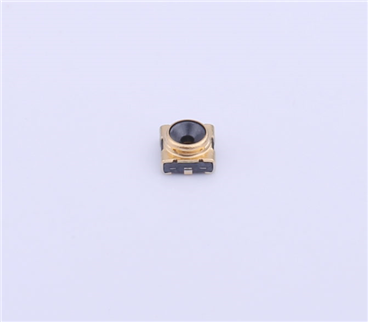
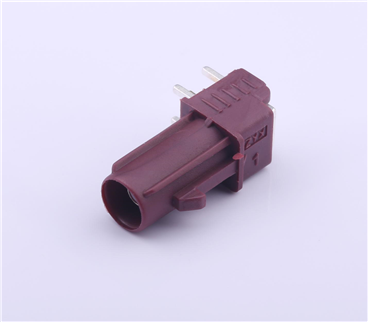
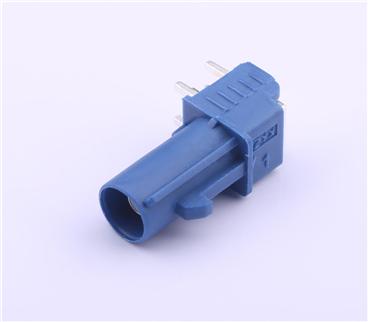
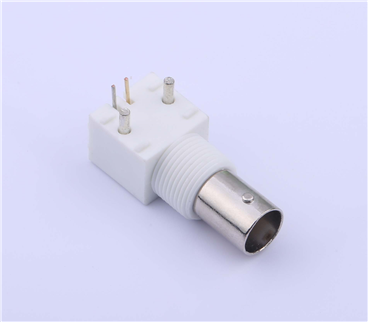
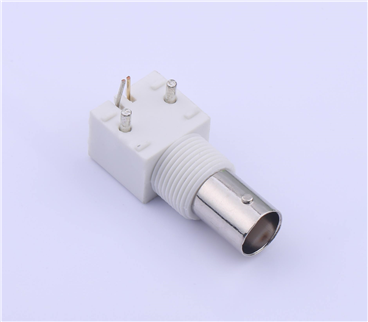
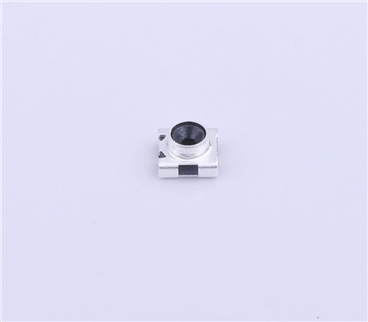
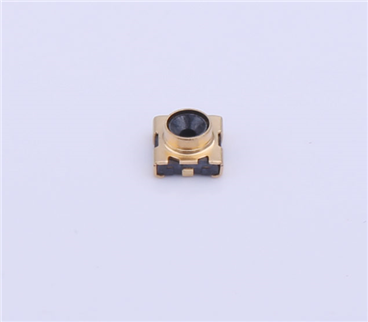
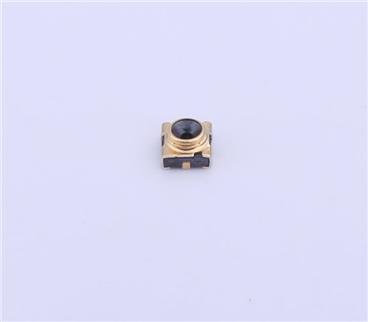
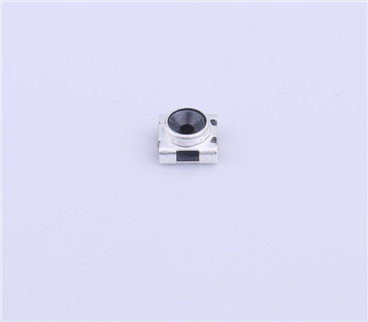
Copyright © Shenzhen Kinghelm Electronics Co., Ltd. all rights reservedYue ICP Bei No. 17113853
